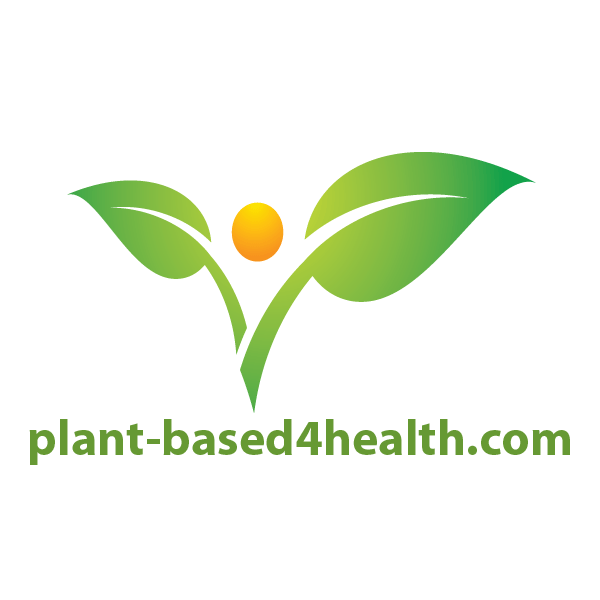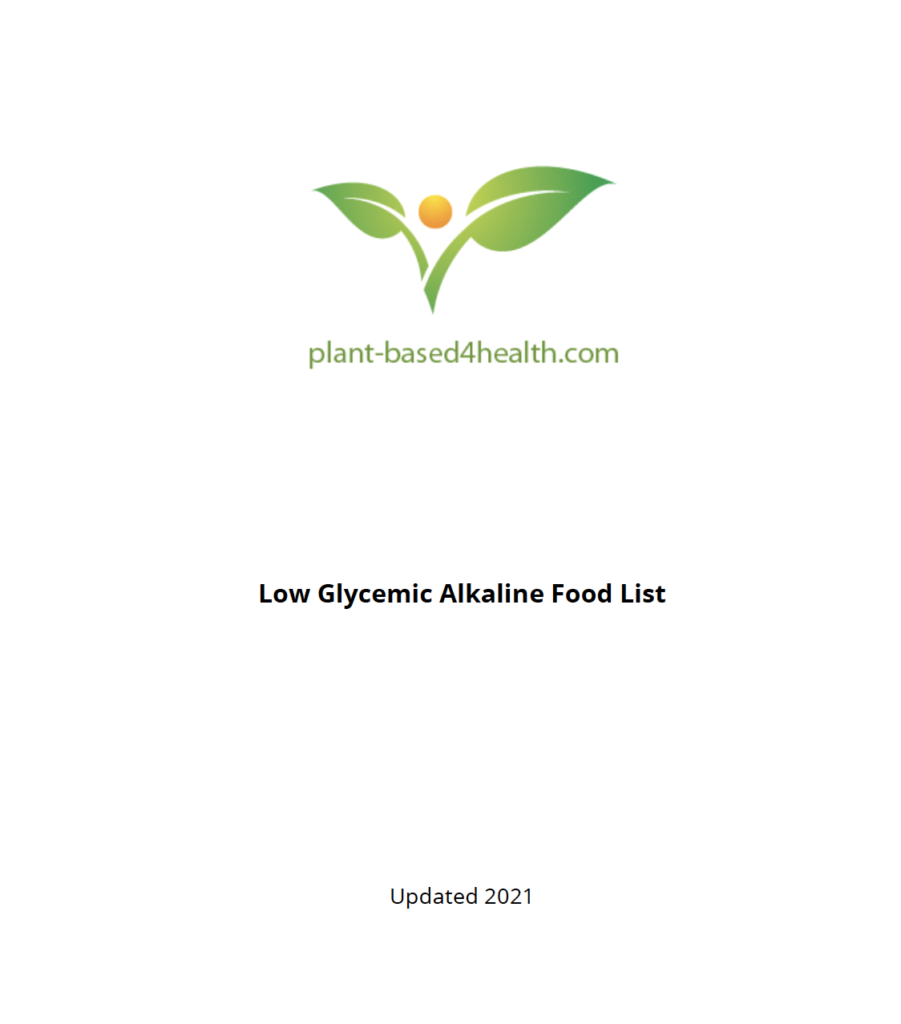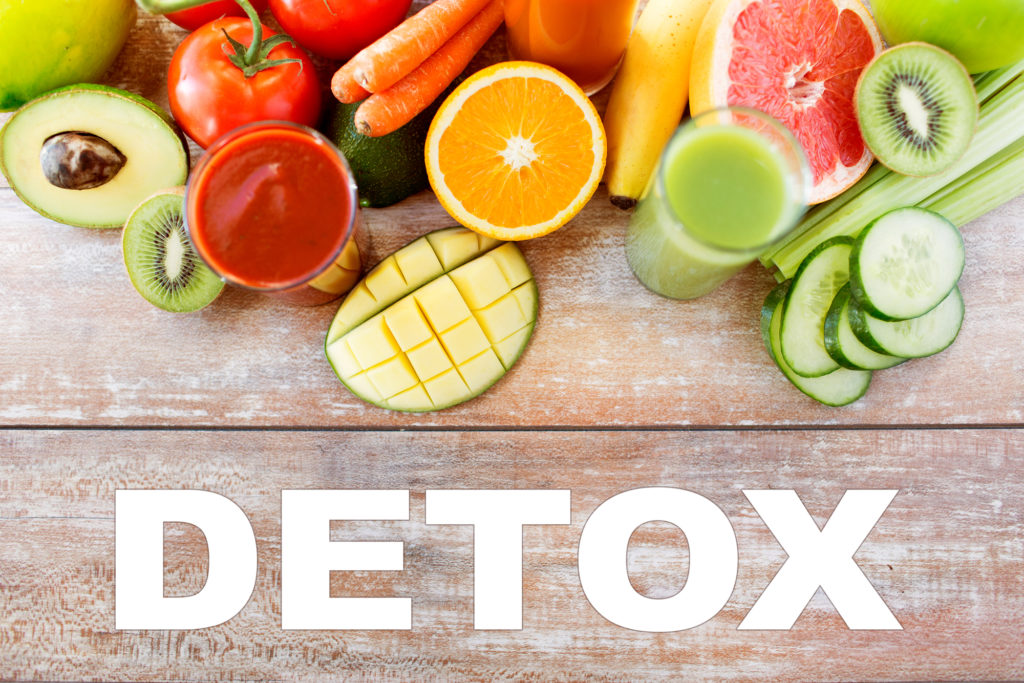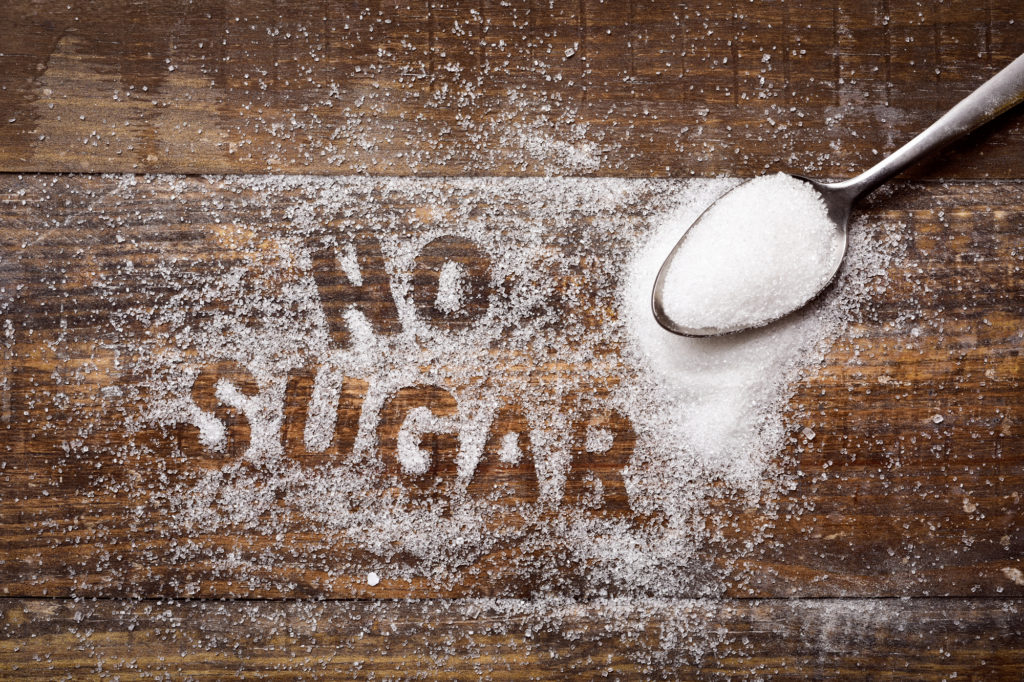The Cancer Fighting Diet
by Kathy Parnay (updated 2023)
What we learned
In 2013, Stefan, my husband, beat prostate cancer without western medical interventions. He didn’t have surgery, radiation, chemotherapy, or even hormone therapy. Instead, we focused his healing protocol on the basic scientific premise that cancer thrives in an acidic environment, feeds on glucose (sugar) and that it has been proven that consuming animal proteins promotes cancer growth.
With the help of a Chinese nutritionist who focuses on cancer diagnoses, we developed a plan to deprive his cancer what it needed to survive (acid and sugar) while boosting his immune system to support his body’s ability to self-heal. We focused on natural, plant-based foods and nutritional supplements with as little processing as possible. Through the use of diet, nutritional supplements, exercise and meditation/visualizations, Stefan cured his cancer.
It was an intense journey filled with fear and self-doubt as we traveled an unconventional path that went against his doctor, friends, and even our family. You can learn more about our experience here.
Using plant-based food to cure cancer
Using food to cure cancer requires a huge commitment. Overcoming your cravings and emotional ties to food can be extremely challenging. When you begin to scrutinize everything you eat, you will quickly discover how your emotions trigger your food choices; whether it’s comfort food to calm stress, celebratory food to recognize a special event, convenience food when there’s just not enough time in the day. Choosing to use food as a vehicle towards healing means every bite must be focused on the single goal of healing.
After Stefan’s success, we received lots of questions about how we selected the foods he ate, handled his weight loss due to limited calories, and how he transitioned into a broader diet after he had been successful. Before I address those questions I want to be upfront with you, this approach is not easy. It requires dedication, perseverance, and deliberate intention to shift your body’s internal environment so that the cancer can not thrive. You have to be willing to deprive yourself of the foods you love and make sure EVERYTHING you eat and drink has the sole purpose of providing powerhouse nutrients that are both alkaline (will contribute to raising the pH in your body out of the acid range) and low glycemic (will not provide any sugar that fuels cancer growth). This strict and single minded goal requires 100% dedication with no exceptions.
Think of it this way – every toxic food item that you consume (processed sugars, animal proteins, carcinogens, chemical additives, etc.) distracts your immune system from destroying the cancer as it now also has to clean out the toxins you have just added to your body that are also inadvertently empowering the cancer.
What are Alkaline Low Glycemic Foods
By focusing on high alkaline and low glycemic plant-foods, Stefan began making his body less hospitable to cancer. We chose his foods carefully, ensuring that every meal was rich in antioxidants and other nutrients that provided his immune system with the tools it needed to fight the battle against cancer.
Alkaline foods are foods that help boost your body’s pH from acidic to basic. Acid-forming foods produce a pH lower than 7, while alkaline foods result in a pH level greater than 7. When your pH is 8.0 or higher, cancer cells begin to die. By testing your morning urine on pH strips, you can determine how alkaline or acid your body is and watch your progress. Learn more about measuring your pH.
Denying cancer what it needs to thrive is more than just choosing alkaline foods. Cancer tumors need glucose in order to grow. The glycaemic index of a food shows how quickly that food item will affect your blood sugar (glucose) level. When fighting cancer, the goal is to minimize the amount of sugar available to the cancer by limiting your intake to only low glycemic foods..
We’ve compiled a Alkaline Low Glycemic Food List to help guide your food choices.
Weight loss and the cancer diet
Maintaining a healthy weight on this cancer diet is extremely difficult. You will quickly notice your body weight decreasing on the scale. If you are overweight, at first this might appear to be a good thing. However, too much weight loss too quickly is not.
It took a good month before Stefan figured out how much food he needed to eat to maintain his weight. It is critical that you maintain a healthy weight. As a result, balancing each meal with alkaline low glycemic fats and protein and increasing the quantity you eat at each meal is essential.
It’s important that you do not skip a meal. In fact, you will need to be eating 6 meals a day – this includes between meal snacks. My advice is to pre-plan each day’s meal and have them portioned out and ready to go.
To help you get started, we created suggested menus:
This high alkaline, low glycemic Cancer Fighting Diet is based on our own personal experience of beating prostate cancer naturally.
Download our Low Glycemic Alkaline Food List PDF.
Key Points to Remember
1. Every bite counts.
The goal is to deny cancer what it loves (sugar and acid) and boost your immune system with what it needs to fight the battle. Like a car that needs gasoline or electricity and regular maintenance to run smoothly, your immune system needs fuel and support in order to operate at its peak. When you are healing from cancer, it is vital that you don’t waste your immune system’s precious resources cleaning out the toxins from what you are eating. By fueling your body with high potency alkaline healing foods, it’s able to focus its energy on killing the cancer.
2. It takes time for your body to heal.
Your current state of health was not created overnight. It took time for your body to get to the point it is in right now. The healing power of food is amazing, but it takes time for your body to adjust to the concentration of nutrients and lack of toxic processed foods.
3. This very strict diet is only temporary.
There will be times when it feels easier to abandon the course and seek out your comfort foods. DON’T! Remember, this very strict diet is only temporary. Once you’ve regained your health, you may begin to slowly expand your diet to include other healthy vegan foods.
Setting Yourself Up for Success
1. Find a doctor who supports your plan.
It’s important to have partnership with your doctor, someone who will monitor your progress and offer expertise. Unfortunately, not all doctors are educated about the role nutrition plays in healing cancer.
We were fortunate that, even though Stefan’s urologist did not believe in our plan, he was willing to support our decisions with some stipulations. If there was no signs of improvement, our agreement was to follow his doctor’s treatment advice. Much to his surprise, Stefan’s cancer disappeared.
2. Find a holistic nutritionist.
A holistic nutritionist who has experience with your type of cancer and understands the important role plant-based foods play in fighting cancer can monitor your progress and help you determine the correct supplements and dosages you need in order to boost your immune system.
It’s best not to self-prescribe supplements. Although they seem safe, understanding potential toxicity levels, in addition to the right dosage and combination is critical. Also, a professional will better understand the relationship between specific vitamins and any medications you are currently taking.
It will also be important that you have regular blood tests to monitor your nutrient levels. Some nutrients are better absorbed if taken in combination or absence of specific other nutrients; some require to be taken with food; and others on an empty stomach. All this is important to consider in order to ensure that everything you put into your body effectively supports your healing process.
Caution: since there are no strict guidelines overseeing the production of vitamins and the FDA does not verify that vitamins are free of heavy metals, pesticides, bacteria, etc., it is important to carefully research the companies you purchase from.
- Read ingredients carefully, make sure the capsules are vegan and no artificial colors,
flavors or additives have been included. - Check the company’s website to make sure it’s manufacturing process is monitored by a third-party agency such as ConsumerLab.com, NSF International, U.S. Pharmacopeia (USP).
- The company website should also have information on where their products are sourced and if they perform quality testing.
3. Surround yourself with people who support your healing process.
This can be a partner, spouse, friend, or family member. Changing the way you think and experience food is emotionally challenging. Having someone who can encourage you and help you stay on track is very important.
4. Be prepared to detox.
Do not be surprised if, as your body begins to heal and detoxify, that you feel sicker for a brief period of time. As your body begins releasing the toxins you may experience cold-like symptoms, exhaustion, sweats, etc. This does not mean you are getting worse, but that your body is beginning to release the disease. If you stay the course, you will feel healthier than you have been in a long time.
For the first few months, as your body acclimates to the increase in fiber and nutrients, you may experience excessive bloating and flatulence. Over time, this will lesson significantly. If you are feeling exceptionally uncomfortable, speak to your nutritionist about slowly adding probiotics to your supplement regiment.
As you begin this diet you will notice a change in frequency and texture of your bowel movements. As your body works towards getting rid of the toxic load from your unhealthy eating habits and acclimating to the increased fiber, you will most likely experience softer and more frequent movements. Don’t worry, this is normal and will settle down overtime.
5. Eat larger meals and more often.
Since this diet is very low in calories and fat, it is crucial that you eat larger amounts and more often and do not miss a meal, even your morning, afternoon or evening snacks. It is also critical that you consume healthy fats and proteins from the Low Glycemic Alkaline Food List several times a day. Your body needs the regular infusion of nutrients and calories or a significant nutrient deficiency and unhealthy weight loss can occur.
Don’t be surprised if you are now eating triple the amount of fresh produce you are used to. Stock up each week to ensure you have plenty available. Fill your fridge and pantry with items from the Low Glycemic Alkaline Food List.
Hint: buy lots and lots of lemons, avocados, fresh garlic and greens. You’ll need extra as you will be using them in so many different ways.
6. Avoid sugar and acidic foods.
What you no longer eat is a critical part of managing a cancer fighting diet. It is important to avoid sugar (even from fruit), meat, dairy, processed foods, and grains (including rice and wheat); all are very acidic. Even eating a small amount of acidic foods will make it much harder for you to raise your pH and can provide fuel for your cancer to thrive.
7. Monitor your pH.
Purchase pH strips and begin monitoring your pH using your first morning urine. This is when your body is the most acidic. Learn more about balancing your pH. Don’t be surprised if you are in the low 5s or 6s to start. Disease loves this acidic environment. The goal is to slowly (and it will take time) get your body to the high end of normal (7.25 – 7.5) on a consistent basis. As you begin eating from this diet, you’ll want to take your pH more often (about 1 ½ – 2 hours after eating) to see how your pH is responding to this new diet.
8. Get Creative
Play with the foods and spices in the Low Glycemic Alkaline Food List to find what tastes and textures you enjoy. You will notice that some of our recipes indicate that it is alkaline and others have notes at the bottom on how to make the dish appropriate for a low glycemic alkaline diet.
Your blender and food process are going to be your new best friends. If you don’t have one, you may want to purchase a juicer and dehydrator.
Invaluable Resources
- Your Immune System
- Balancing your pH
- Low glycemic alkaline food list (pdf)
- Never Fear Cancer Again (book by Raymond Francis)
- Mind over Medicine (book by Dr. Lissa Rankin)
- Can we eat to starve cancer? (TED Talk by William Li)
- Healing cancer from the inside out (video)



